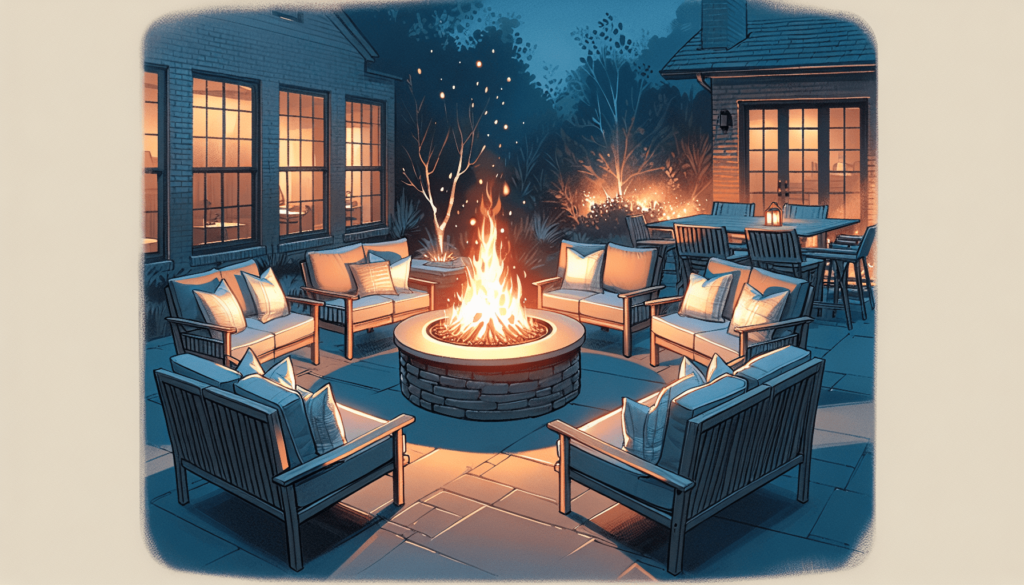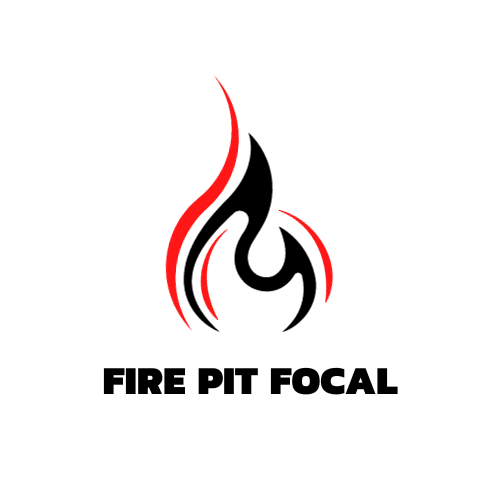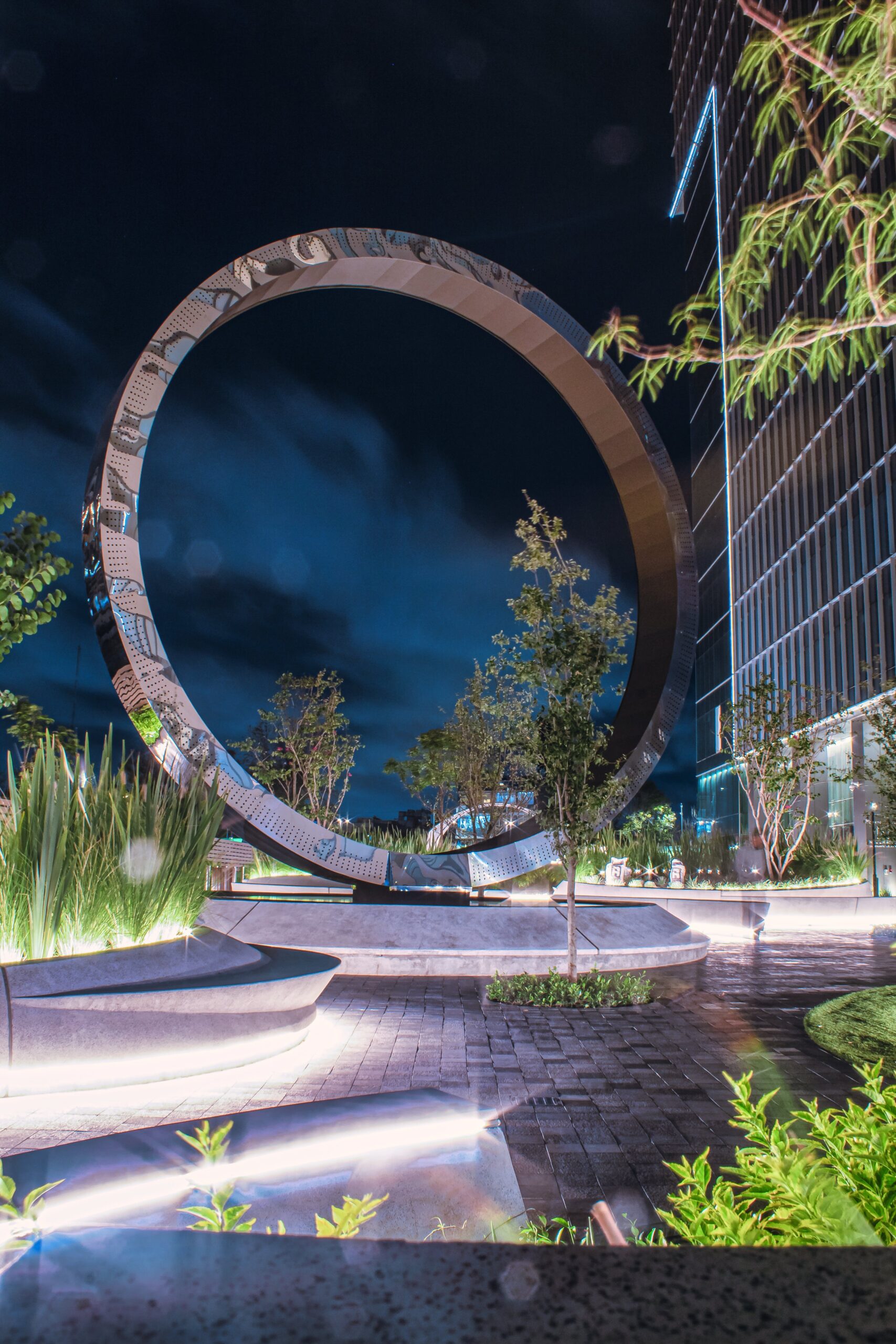Are you considering adding a propane fire pit to your outdoor space, but unsure about the average cost of installation? Look no further! In this article, we will break down the average cost of installing a propane fire pit, giving you a better understanding of what to expect when it comes to budgeting for this delightful addition to your home. From materials to labor costs, we’ve got you covered, so you can sit back, relax, and enjoy the cozy warmth of a propane fire pit in your backyard.
Factors that Affect the Cost
Location
The location of your propane fire pit installation plays a significant role in determining the overall cost. Factors such as the accessibility of the space, distance from the fuel source, and local building codes and regulations can impact the expenses. In urban areas, where space is limited and regulations might be stricter, the costs may be higher compared to more rural or less regulated locations.
Size and Complexity
The size and complexity of the propane fire pit also contribute to the cost. Larger fire pits require more materials and labor, which can increase the overall expenses. Additionally, if you opt for a more intricate design with added features such as seating areas, custom finishes, or decorative elements, you can expect to pay more for the increased complexity of construction.
Materials
The choice of materials used in the construction of your propane fire pit can greatly affect the cost. Different materials, such as concrete, stone, or metal, have varying price points and installation requirements. Higher-end materials and more intricate designs tend to be more expensive, while simpler designs with more affordable materials can help keep costs down.
Labor
The labor involved in the installation process is another factor that affects the cost. Hiring professionals to install your propane fire pit ensures that the job is done correctly and safely. However, labor costs can add up, especially if the construction involves complex designs or requires excavation and gas line installation. DIY installation can help save money in terms of labor expenses, but it is essential to consider your skill level and safety precautions before attempting it yourself.
Average Cost Range
Low-End
On the low end, the cost of installing a propane fire pit can range from $500 to $1,000. This typically includes a basic design and few additional features. DIY installation and opting for more affordable materials can help keep the expenses within this range.
Mid-Range
For a mid-range propane fire pit installation, you can expect to spend between $1,000 and $3,000. With this budget, you can choose from a wider variety of design options and materials, allowing for a more customized fire pit that suits your preferences and style.
High-End
High-end propane fire pit installations can cost upwards of $3,000, depending on the complexity and materials used. This range includes premium materials, intricate designs, and potentially additional features such as seating areas or built-in lighting. If you are looking for a luxurious and customized propane fire pit, be prepared to invest accordingly.
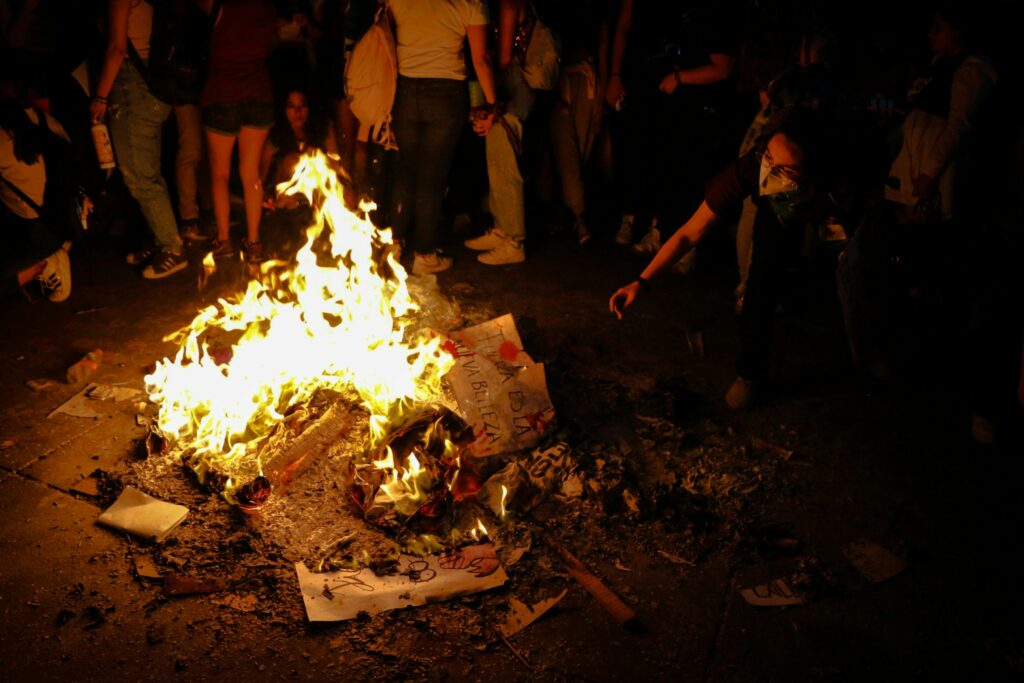
Additional Costs to Consider
Propane Tank and Installation
In addition to the cost of the fire pit itself, you will need to factor in the expenses of purchasing a propane tank and the associated installation. propane tanks can range in price depending on their size and capacity. Additionally, professional installation of the propane tank and connection to the fire pit should be taken into account if you choose not to handle it yourself.
Safety Features
Safety should be a top priority when installing a propane fire pit. Implementing safety features such as gas leak detectors, flame sensors, and automatic shut-off valves might incur additional costs. While these features may add to the upfront expenses, they provide peace of mind and ensure the long-term safety and functionality of your fire pit.
Fuel Consumption
It is important to consider the ongoing costs associated with operating a propane fire pit. Propane is not a free fuel source, and your consumption will determine how frequently you need to refill your propane tank and how much it will cost. Understanding the estimated fuel consumption of your fire pit and factoring in the cost of propane refill cartridges or deliveries is crucial for budgeting purposes.
DIY vs. Professional Installation
Pros of DIY Installation
Opting for a DIY installation can offer several advantages. Firstly, it can save you money on labor costs, as you will not need to hire professionals. Additionally, if you enjoy tackling projects and have some basic construction skills, the satisfaction of completing the installation yourself can be rewarding. DIY installation also allows for more personalized customization and a hands-on approach to the process.
Cons of DIY Installation
DIY installation is not without its challenges and drawbacks. It requires a certain level of skill and knowledge to ensure the fire pit is built safely and effectively. Without professional expertise, there is a higher risk of mistakes or safety hazards. It is important to thoroughly research and understand the construction process, local regulations, and safety procedures before attempting a DIY installation.
Pros of Professional Installation
Professional installation offers the expertise and experience necessary to ensure a safe and efficient propane fire pit. Hiring professionals gives you peace of mind that the job will be done correctly and up to code. Additionally, professionals often have access to a wider range of design options, materials, and equipment, allowing for more customized and high-quality installations.
Cons of Professional Installation
The primary drawback of professional installation is the associated cost. Hiring professionals can significantly increase the overall expenses of your propane fire pit installation. In addition, you may have less control and involvement in the design process, as professionals will often follow their established protocols and guidelines.

Tips for Cost Saving
Shop for Bargains
When it comes to purchasing materials, including the fire pit itself and any additional components, shopping around for the best deals can help save money. Compare prices at different suppliers, look for sales or discounts, and consider buying in bulk to potentially secure lower prices. Being savvy with your purchases can significantly reduce costs without sacrificing quality.
Do Your Own Landscaping
Rather than hiring landscapers or professional designers for the entire outdoor space surrounding your fire pit, consider doing some of the landscaping work yourself. By researching basic landscaping techniques and utilizing online resources, you can create an aesthetically pleasing outdoor area on a budget. Simple additions such as planting flowers, installing pathway lighting, or adding decorative elements can enhance the ambiance without breaking the bank.
Opt for Simpler Designs
While elaborate and intricate fire pit designs can be visually stunning, they often come with a higher price tag. Opting for a simpler design can help reduce costs without compromising functionality or aesthetics. Focus on the essential features and prioritize functionality over unnecessary embellishments. Simple doesn’t have to mean plain, and a well-designed fire pit can still be an attractive focal point for your outdoor space.
Benefits of Installing a Propane Fire Pit
Clean Burn
One of the major benefits of installing a propane fire pit is the clean burn it provides. Propane fuel burns cleaner than traditional wood-burning fire pits, producing fewer emissions and minimizing the release of harmful pollutants into the air. This makes propane fire pits an environmentally friendly option that can be enjoyed without the guilt of contributing to air pollution.
Convenience
Propane fire pits offer unparalleled convenience compared to wood-burning alternatives. With a propane fire pit, there is no need to gather and chop wood, deal with messy ashes, or constantly tend to the fire. Simply turn on the propane gas supply, ignite the flames, and enjoy a warm and cozy fire instantly. Propane fire pits can be easily turned off when not in use, providing immediate control and eliminating the need to wait for the fire to burn out.
Versatility
Propane fire pits provide flexibility and versatility in terms of installation and use. Unlike wood-burning fire pits, propane fire pits can be placed virtually anywhere, as long as there is an accessible propane gas line. This allows for more creativity and freedom in designing your outdoor space. Whether you want your fire pit to be the centerpiece of a patio, integrated into a seating area, or placed in a remote corner of your garden, propane fire pits offer the versatility to make it happen.
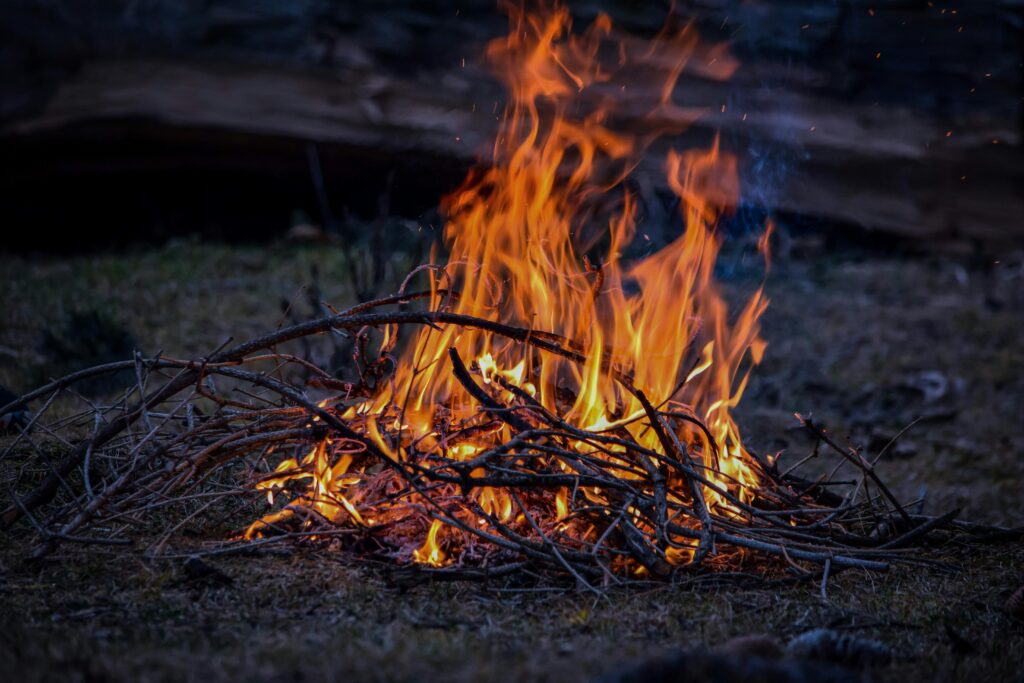
Common Mistakes to Avoid
Neglecting Safety Measures
Safety should always be a top priority when installing a propane fire pit. Failing to follow proper safety measures and precautions can lead to accidents, injuries, or even property damage. Ensure that you educate yourself on local regulations, obtain necessary permits, and understand the proper installation procedures. Paying attention to safety features such as gas leak detectors, flame sensors, and emergency shut-off valves is crucial for protecting yourself and your property.
Improper Sizing
Another common mistake when installing a propane fire pit is improper sizing. It is essential to consider the available space, as well as the intended use and seating capacity, when determining the size of the fire pit. A fire pit that is too small may not provide adequate heat, while a fire pit that is too large can overwhelm the space and create discomfort. Carefully measure and plan the size of your fire pit to ensure it fits harmoniously within the overall design of your outdoor area.
Not Considering Local Regulations
Before embarking on a propane fire pit installation, it is crucial to familiarize yourself with the local regulations and building codes in your area. Different regions have specific requirements regarding setback distances, ventilation, fuel storage, and fire safety. Failure to comply with these regulations can result in fines, forced removal of the fire pit, or even legal consequences. Research and understand the local regulations to avoid any unnecessary complications or penalties.
Average Installation Process
Design and Planning
The first step in the installation process is designing and planning your propane fire pit. Consider the size, shape, and location of the fire pit, as well as any additional features or materials you wish to incorporate. Take into account factors such as seating capacity, fuel source accessibility, and safety measures. Creating a detailed plan ensures a smooth construction process and helps avoid any potential issues or surprises.
Excavation and Foundation
Once the design is finalized, excavation and foundation preparation are required. This involves digging the designated area to the appropriate depth and creating a stable foundation for the fire pit. Depending on the design and location, this step may require heavy machinery or manual labor. Ensuring a solid foundation is crucial for the long-term stability and safety of the fire pit.
Gas Line Installation
Propane fire pits require a gas line installation to connect the fire pit to the propane tank. This step involves careful positioning and installation of the gas line, which should be done by a licensed and experienced professional. Gas lines must be properly connected, secured, and tested for leaks to ensure safe operation.
Assembly and Connection
Once the foundation and gas line installation are complete, the propane fire pit can be assembled and connected. This includes the construction of the fire pit structure, installation of the ignition system, and connection of the gas line to the fire pit. Following the manufacturer’s instructions and safety guidelines is crucial during this step to ensure proper assembly and functional connections.
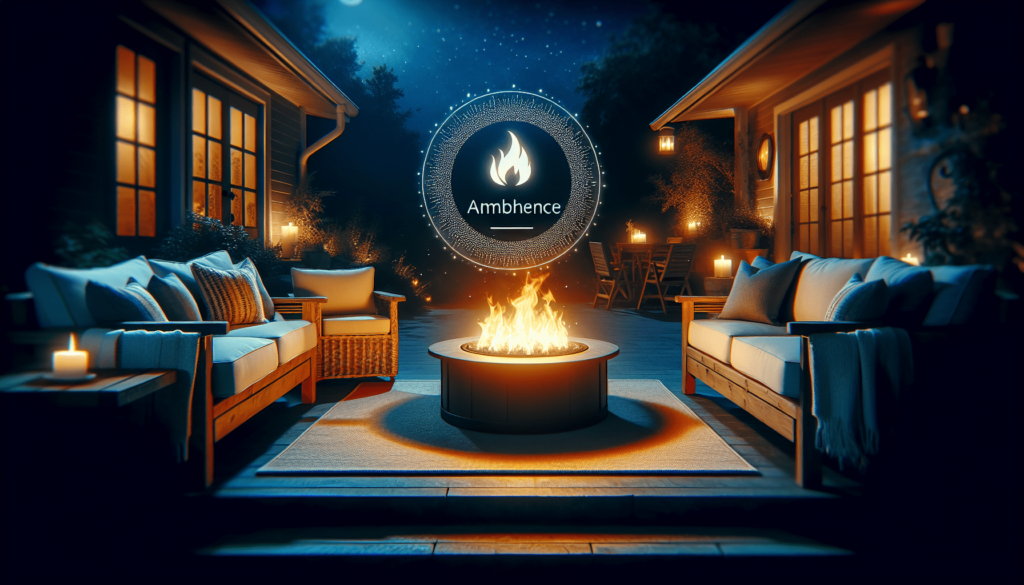
Maintenance and Operating Costs
Cleaning and Maintenance
Regular cleaning and maintenance are essential for keeping your propane fire pit in optimal condition. This includes removing debris, ashes, and soot buildup regularly. Depending on the materials used, you may need to clean the fire pit surface and components using appropriate cleaning products. Inspecting and maintaining the gas line, ignition system, and safety features should also be part of your regular maintenance routine. Following the manufacturer’s recommendations and guidelines for cleaning and maintenance will help extend the lifespan of your propane fire pit.
Fuel Refills and Costs
Fuel refills are an ongoing cost associated with operating a propane fire pit. The frequency and cost of refills depend on the size of the propane tank, the intensity and duration of use, and the local propane prices. It is essential to factor in these recurring expenses when budgeting for your propane fire pit. Researching local propane suppliers, comparing prices, and monitoring fuel consumption can help you optimize costs and ensure a steady supply of fuel.
Conclusion
Installing a propane fire pit offers numerous benefits, including a clean burn, convenience, and versatility. The cost of installation is influenced by factors such as location, size and complexity, materials, and labor. Considering additional costs such as propane tank installation, safety features, and fuel consumption is crucial for accurate budgeting. Whether you choose to go the DIY route or hire professionals, it is essential to prioritize safety and comply with local regulations. By avoiding common mistakes, planning carefully, and following proper maintenance procedures, you can enjoy a beautiful and functional propane fire pit that enhances your outdoor living space for years to come.
